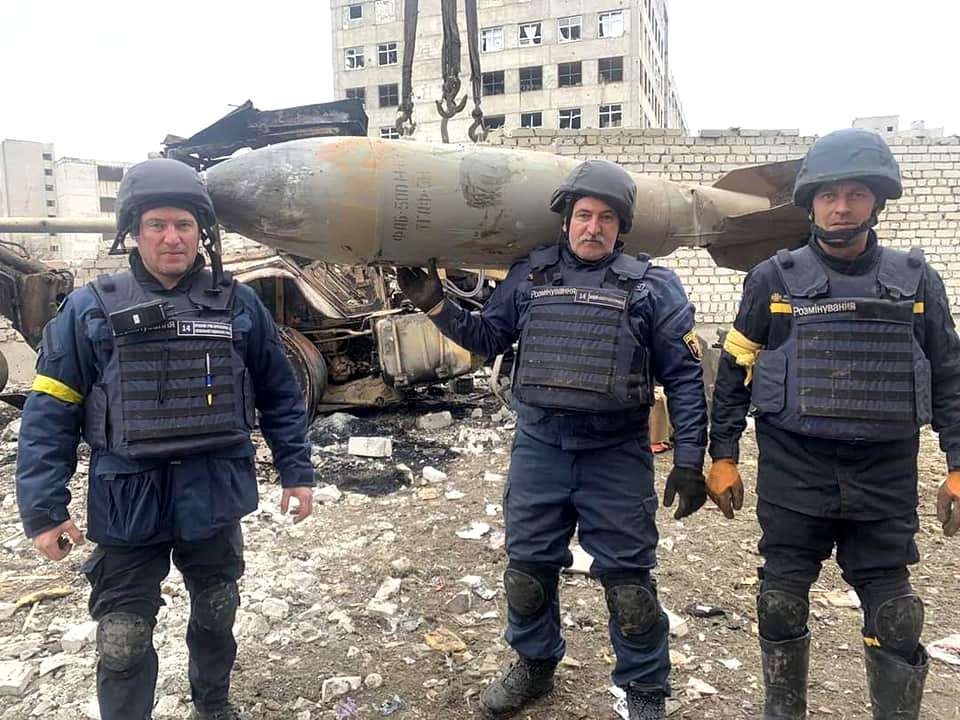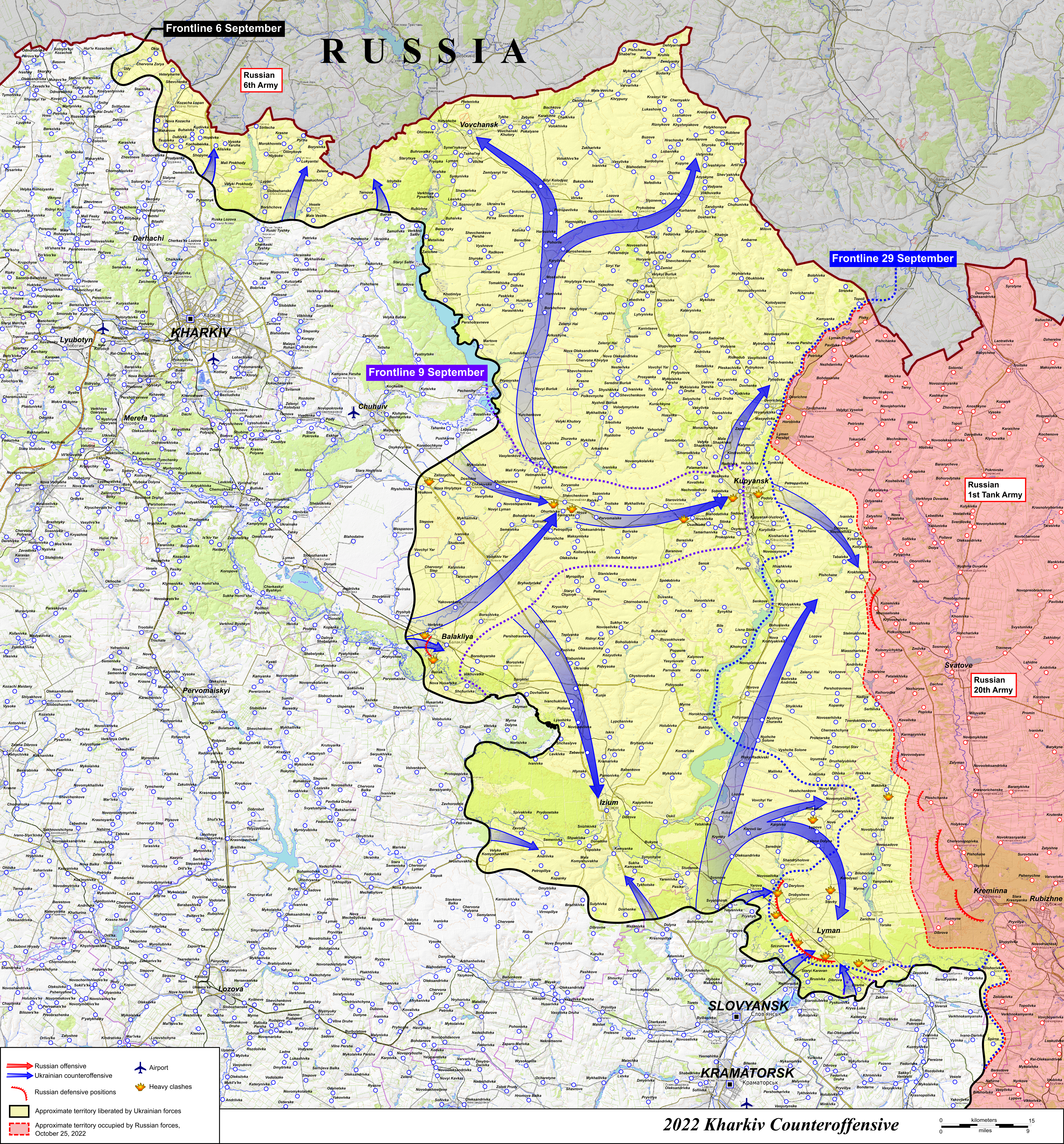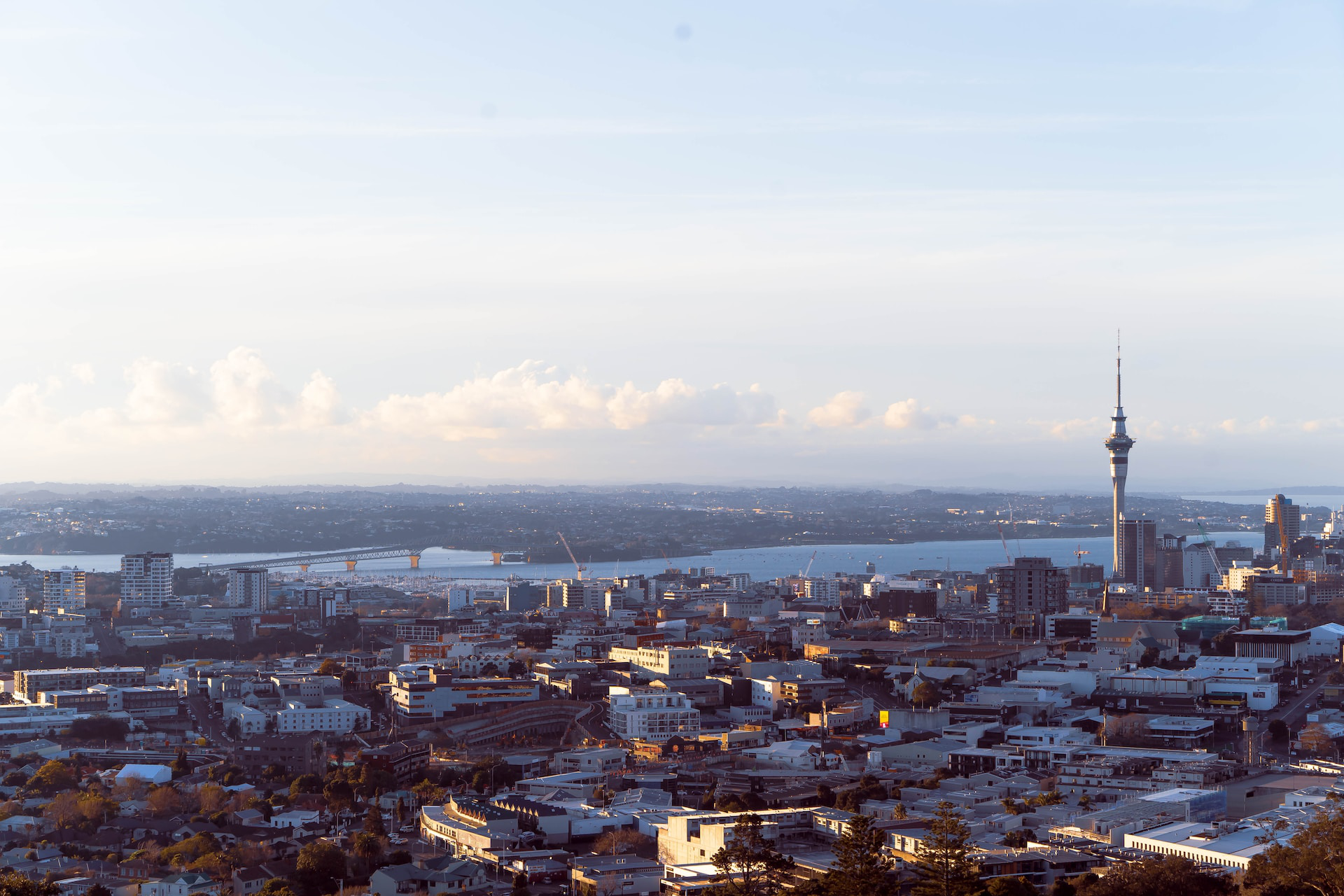According to the Ukrainian Chamber of Commerce, the country will soon become the ‘world’s largest construction site’, with estimated reconstruction costs by the World Bank at US $411 billion.

Discussions about planning, designing and rebuilding Ukrainian cities during the war are at full scale, with numerous plans, domestic and international architecture and planning coalitions emerging. The intention is clear: start reimagining before the war ends, what plans might be made so that these might be initiated before the guns go cold. Discourse often relates to the knowledge of post-war cities like Warsaw, Berlin, Rotterdam and Hiroshima or the experience of the whole nations during the post-WW2 Marshall Plan.
The future effort is already drawing the attention of international development organisations and large businesses in urban planning and architecture. To mark a potential of scale with one example: the UN’s Development Programme alone had 50 open positions at the time of writing this blog in May. Other UN bodies are also taking initial steps towards action. For example, the UN’s Economic Commission for Europe (UNECE) opened a pilot project to facilitate urban planning in Kharkiv in the Spring of 2022.
The Norman Foster Foundation supervises the latter, with the direct involvement of a ‘starchitect’ Sir Norman Foster himself. ARUP, the engineering giant, is also involved, accompanied by famous academics Edward Glaeser and Ian Goldin as economic consultants. As big names are drawing global attention, the Kharkiv planning effort can influence other international planning solidarity processes in Ukrainian cities and reach out beyond Ukraine.
This broad collaboration started in April 2022 after the call for international help to rebuild the city from Mayor Ihor Terekhov. In response, the Norman Foster Foundation and others accepted this challenge on a pro bono basis and started working with the local Kharkiv experts — in full remote mode, as fighting was sometimes happening at the city’s very outskirts. A few months later, at the MIT City Science Summit in Boston, Norman Foster asked the audience: ‘How do you combine the best of global knowledge with local awareness?’. His immediate answer is a ‘fusion of those two influences’, which he illustrates with a screenshot from a Zoom meeting.
While it seems that involving international expertise and solidarity is a great thing, how has this ‘fusion’ in Zoom calls been going so far, and what future does it promise for the city of Kharkiv and its citizens? Does this process involve them and their knowledge? And, if so, can what has been planned for Kharkiv out of Kharkiv be a precursor of a just city after the war?
Kharkiv is a city in the East of Ukraine, with its North fringes just over 20 km shy of the border with the Russian Federation. In 2021 Kharkiv was the second-largest city, with a population of approximately 1.43 million. It was home to several major industrial giants, including those producing energy generating, agricultural and military equipment, aircraft parts and electronics. The city was and is a transport hub with extensive regional and international connections and developed urban transport defined by three lines of an underground system. Kharkiv is also an important national cultural and cultural heritage centre. Human capital before Russia’s invasion was thriving in Kharkiv, having, as Glaeser & Goldin point (2022), ‘several important sources of talent’, housing a ‘remarkable concentration of top universities, several research institutes — all with the emphasis on hi-tech industry’.
Russian troops came extremely close to the city’s border and tried to storm it several times in the Spring of 2022 but had no significant success until they were pushed further North beyond the border and East beyond the Oskil River. However, Kharkiv remains in range of mid-range precision weapons. Since 24 February 2022 until today, it has been suffering from Russia’s artillery and air strikes. Nearly 400 buildings have been irreparably damaged, including residential buildings, schools, universities, shopping centres, and transport infrastructure. The damage is mainly in the Northern part of the city, but it also extends to buildings in the centre like the central regional administration office in Freedom Square and the region’s largest thermal power plant.

The international assistance group has been working on Kharkiv’s planning since the spring of 2022, despite the city’s uncertain future. Norman Foster is guided by his Kharkiv Manifesto, which communicates a strong message of solidarity with the people and places of Kharkiv, and the architect’s commitment to bring together Ukrainian and international talent to create a ‘city masterplan linked to the region’ and to ‘deliver the city of the future now and to plan for its life decades ahead’.
On the other hand, UNECE is guided by the aspiration of the Kharkiv masterplan ‘to become a blueprint for reconstructing other Ukrainian cities and towns’. UNECE has brought together the UN4Kharkiv Task Force to help develop the masterplan: more UN agencies, international organisations, and ‘the best professionals in architecture, planning and engineering, and cities’. The group also involves Kharkiv city government officials and 10 Kharkiv architects, led by Kharkiv architect and architecture historian Dmytro Fomenko. It holds weekly online coordination meetings along with other weekly sessions involving exclusively international and local architects.
Unfortunately, a comprehensive group structure or the complete list of specialists was never published. Meetings of the group are not public and are held over Zoom. Despite many international politicians, media, and volunteers, international experts never visited Kharkiv.
Fast forward to 2023, the international group presented the first outline of the Kharkiv masterplan in February — with a selection of slides and an oral keynote, and yet there was no comprehensive report or paper followed up officially. The presented provisions of the masterplan focus on five pilot projects concerned with separate layers and subjects: rivers, industry, heritage preservation, industry housing reconstruction and development, and developing an entirely new science neighbourhood.
The heritage project is aimed to ‘create a new architectural landmark in the city centre’ (commissioned by Norman Foster himself) and celebrate respect for historical buildings of the city centre while ‘humanising surrounding public spaces’. The project on rivers will concentrate on creating an ‘ecological, pedestrian, and biking connector’ over the 6km long promenade between the two major rivers, fostering further creation of a sustainable mobility network. The industry project aims to transform coal power plants into clean energy and food facilities. The housing pilot will concentrate on retrofitting the existing prefab housing blocks into ‘safe, modern, and energy-efficient homes. Lastly, the most ambitious pilot of the five is ‘Science Neighbourhood’. It promises to create a neighbourhood-wide space for hi-tech, research and startups while revitalising and spilling over into the industrial sphere of Kharkiv. For this final pilot, the Norman Foster group is committed to the creation of a comprehensive set of urban design regulations and the allocation of plots to ‘architects, future investors, institutions and developers’.
The presentation also had evidence of a more comprehensive written statement about the plan to exist. However, my two letters addressed to the Norman Foster Foundation and another to the UNECE asking to provide the paper for student research purposes were left without any reply.
So far, the project continues to engage mainly with Kharkiv architects and local government officials, reporting only limited process outcomes to the public. Its self-contained structure has no incentive to engage with ordinary concerned citizens, pressure groups, or broader stakeholders. According to a reflection about the currently ongoing planning process by Kharkiv journalist Dmytro Kuzubov, ordinary concerned citizens of Kharkiv are left with ‘fortune telling on coffee grounds’ as their only means of understanding what the process will entail. In fact, despite the evidence that a more comprehensive written statement about the Norman Foster Foundation plan is in existence, my request for a copy of this for student research purposes was left without any reply both by the Foundation and the UNECE.
The process of Kharkiv masterplan development raises questions connected to the future legitimacy of the plan, as the visibility and physical presence of those who give a helping hand seems to be crucial for the solidarity effort. As anthropologist Christina Schwenkel (2020) finds with her comprehensive research covering the German Democratic Republic (GDR) solidarity effort in rebuilding the Vietnam city of Vinh in the 1970-the 80s, the visibility of cargo ships bringing materials and machines along with visits of GDR’s specialists to Vietnam during the war, provided material proof of the solidarity narratives. Precarious living conditions in the war-torn Vinh were also, to a certain extent, shared by German architects and urban planners during their shifts in the city.
When relating to the similar processes of joint international architectural and urban planning practices, Tom Avermaete (2012) suggests seeing them as a ‘contact zone’ where different professional cultures meet, although often in highly asymmetrical ways. When the sides establish this contact zone, people inside two collaborating groups can gain new perspectives through interacting with people of foreign cultures.
Given the circumstances that I have described here, my question is: do any contact zones exist inside the Kharkiv masterplan development initiative? If so, how informed and engaged are the citizens of Kharkiv, and how do they feel about the shape the plan is taking? From my research, it would appear that we simply don’t know. The implication for the current master-planning process is that it endangers the legitimacy of the Kharkiv masterplan in the future. How can solidarity be created if the very process of plan development is left to be constantly hidden from the very people who will live with the outcomes of the masterplan long into the future? Also is it reasonable and practical for international actors to work remote from the local context if a truly collaborative process is the goal?
I won’t be concluding this piece with a statement that planning of that kind should be avoided or not be done at all — just because it does not comply with whatever best practices of prior international development efforts. On the contrary, I feel we should still look positively at what has been the Kharkiv case so far while acknowledging a need for critical reflections on the way and taking notes on many ethical decisions and complexities following the progress. Those tough trade-offs and complexities are always context-specific and should prevent us from explicitly pursuing the best practices and best historical reference points.
Here I think it is best to leave us with the excellent research recently completed by Joanna Kusiak and Ammar Azzouz (2023) who have recently looked into a comparison between post-war architecture, urban design and planning exercises in Poland and Syria. They mention a concept of ‘radical hope’ that explains what moves the progress of those efforts. Even though, in many cases, an implementation does not seem possible or can happen only in an uncertain and somewhat distant future. ‘Radical hope’ means, among other things, that tough ethical decisions in complicated circumstances, with many difficult questions for planners, architects and urban designers must be made. As Kusiak and Azzouz ask us: ‘The question ‘what needs to be done’ is thus always also to ask ‘on what terms’? What are the priorities, and what lines cannot be crossed? Whose help can be accepted, and which types of support might actually bring more harm than good? How can the needs of displaced people be balanced with the needs of those who have stayed behind despite the lack of safety? How can the need for historical justice be acknowledged without producing new types of harm?’
These are the questions we need to address in the Kharkiv masterplanning effort as well, whether asking from inside or outside of the project group, being a citizen of the war-affected city, or simply having a personal connection and empathy for it. As Susan Fainstein (1999) notes, we need to find a position to be able to compare and be ‘able to say what is better and what is worse even if we cannot say what is good and what is bad’. From today’s position presented in this blog, it looks like neglecting the interests of many local groups seems a natural outcome of how the planning process for Kharkiv was structured. If the Kharkiv masterplan development aims to succeed in being legitimate and help build back a more just Kharkiv, then the process should be radically reshaped — towards in-situ practice and turning its face and decision-making power to the local community.
For further information please see Oleksii’s recent article in Land Journal published by the Royal Institute of Chartered Surveyors.
References:
Avermaete T. (2012) Coda: the reflexivity of Cold War architectural modernism. The Journal of Architecture, 17:3, pp. 475-477. Available at: https://doi-org.gate3.library.lse.ac.uk/10.1080/13602365.2012.692613.
Glaeser, Edward L. and Goldin, Ian, Urban Rebirth: Economic Considerations for Reconstruction in Kharkiv and Ukraine (December 1, 2022). Available at SSRN: https://ssrn.com/abstract=4295083 or http://dx.doi.org/10.2139/ssrn.4295083
Kusiak, J., Azzouz, A. (2023) Comparative urbanism for hope and healing: Urbicide and the dilemmas of reconstruction in post-war Syria and Poland, Urban Studies, p. 004209802311639. Available at: https://doi.org/10.1177/00420980231163978.
Fainstein, Susan S. (1999). Can We Make the Cities We Want? In: The Urban Moment, ed. Sophie Body-Gendrot and Robert Beauregard. Thousand Oaks: Sage
Schwenkel, C. (2020) Building socialism: the afterlife of East German architecture in urban Vietnam. Durham: Duke University Press.


